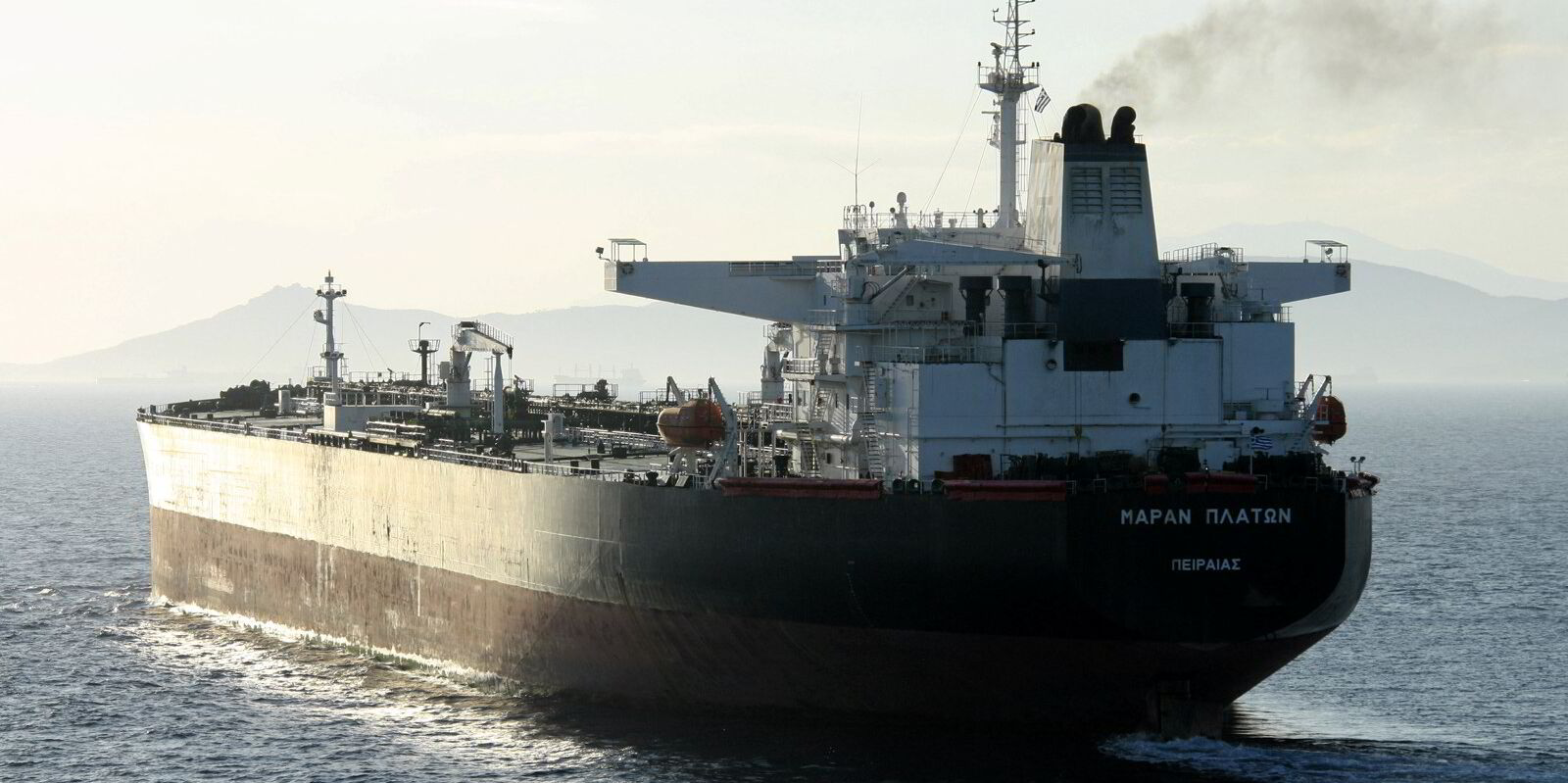There is little room for freight rates to move if the Middle East conflict heats up further, Poten & Partners argues in its weekly tanker note.
Analyst Erik Broekhuizen said Houthi militants have already compromised two of the region’s three key maritime chokepoints and pushed up tanker rates.
He said the only attacks that would have impacts on oil or freight markets would be ones that stop the flow of oil.
“Iran and its proxies have vowed to retaliate to the recent killings, putting the region is on high alert,” Broekhuizen said.
“However, most of the tension is already reflected into the oil price.
“Only an attack on oil infrastructure or a disruption of oil flows through the Strait of Hormuz would create havoc in the oil and shipping markets, but this is in nobody’s interest and remains unlikely.”
Yemen’s Houthis began attacking commercial shipping passing through the Bab el-Mandeb Strait in earnest in December, ostensibly in support of Palestinians in their conflict with Israel.
The attacks pushed many shipowners to reroute voyages around the Cape of Good Hope, lengthening trips, bringing down effective fleet supply and boosting rates in several sectors, tankers included.
The Houthis have continued to target ships to varying degrees of success, even at times claiming successful attacks with no evidence.
Tensions in the region hit new highs when Israel killed Hamas leader Ismail Haniyeh in Tehran last week and two Hezbollah commanders in Lebanon.
Iran, which backs Hamas and Hezbollah, has promised retaliation. That may have begun when a Greek-owned container ship chartered to CMA CGM was attacked over the weekend.
But the oil price has been relatively stable. West Texas Intermediate has slipped from $75.25 per barrel to $73.32, while Brent crude has gone from $79.02 per barrel to $76.63.
Shipping rates have fallen further. Clarksons’ suezmax fleet weighted average dropped 7.7% to $30,100 per day from last week and its aframax average fell 19.1% to $29,300 per day.
On the product side, the fleet weighted average for LR2s fell 2.9% week over week to $37,300 per day, while LR1s rose 1.1% to $26,800 per day and MRs fell 4.5% to $28,500 per day.
All five assessments are below their year-to-date figures and the summer typically represents a seasonal downturn for tankers.





